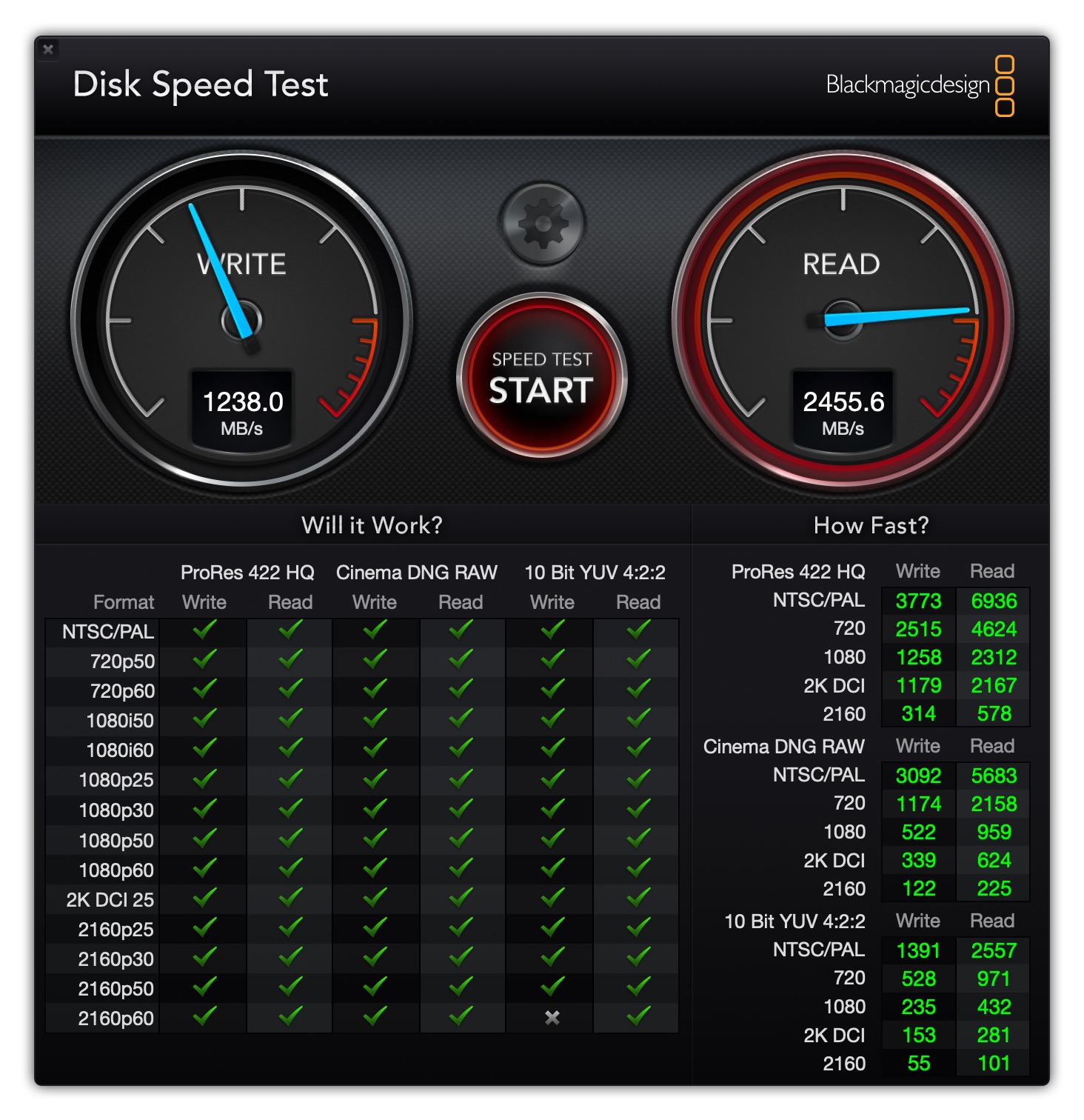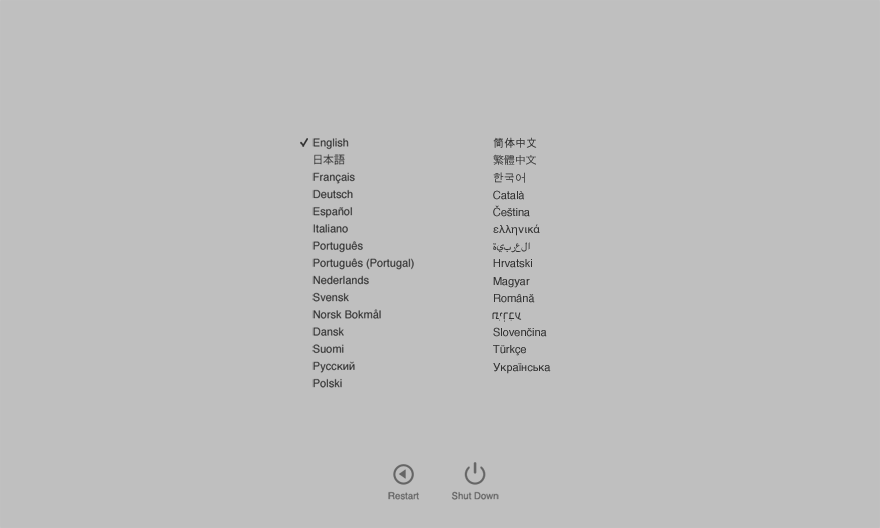Mac can be conveniently purchased from the Apple store and most of configuration allows you to upgrade the memory so that you don’t need to open the case and take the risk in using an incompatible memory which would cause system lockups. The only thing is the upgrade from Apple store cost a lot more money if compared to the one that it purchased from a computer store. For example, an additional 2GB of memory cost $50 at Apple Store while it only cost less than $10 if you search in Pricewatch. If you’re willing to take the risk in adding extra memory in your Mac either to save money or perhaps you have a few lying around, it is best to run a memory test to make sure that the RAM is fully compatible and won’t make your Mac unstable.
Here we suggest 3 different methods to easily run a memory test on your Mac OS X including the latest Mountain Lion 10.8.
1.Fix Wi-Fi: No Hardware Installed: Mac Mini, Pro, or iMac. Switch off the device. Disconnect the power source. Wait for 15 or more seconds. Now connect your device with the power source and switch it ON. The above three methods should probably fix the issue of No Hardware Installed on your Mac. Mar 07, 2016. Aug 09, 2019. Sep 14, 2020. Your Mac mini comes with 90 days of complimentary technical support and a one-year limited warranty. Purchase AppleCare+ for Mac to extend your coverage to three years from your AppleCare+ purchase date and add up to two incidents of accidental damage coverage, each subject to a service fee of $99 for external enclosure damage, or $299 for other repairable damage, plus applicable tax.
RemberRember is actually a GUI for the popular command line memory testing tool called Memtest OS X. Instead of typing commands in terminal, you can run the test by clicking a button. You are able to test a selected amount or all of the memory, specify the number of times the tests should run and also viewing of the log. Rember includes Memtest OS X in the package so there is no need to manually download and install the memtest. Running Rember will show a table displaying the detected memory on your Mac. Select the amount of memory to test, number of loops and click the Test button to start checking the memory. When the tests is finished, Rember will show the test results.
Rember runs in Mac OS X which means that not all of the ram can be tested due to a portion of RAM being reserved for housekeeping.
Download Rember
2. Memtest86+
If your Mac has a SuperDrive, you can burn the pre-compiled bootable ISO image of the Memtest86+ and boot up the Mac with the disc. Just press and hold the C key when starting up Mac to boot from the disc. The good thing about Memtest86+ is it runs by itself without relying on the operating system, giving you a more accurate memory test result.

Download Memtest86+
3. Apple Hardware Test
This is the recommended way by Apple to test your memory using their diagnostic tool. If you have an installation disc, insert the disc, restart your Mac, press and hold the C key. Select the language for the Apple Hardware Test and click the Test button to start testing. You can also tick the “Perform extended testing” option which would perform a more thorough test that takes considerably more time to complete. On the latest Mac OS X Mountain Lion, the Apple Hardware Test is already pre-installed and it doesn’t come with an installation disc. Simply boot up, press and hold the D key to start the Apple Hardware Test.
You can also see the amount of memory installed on your Mac at the Hardware Profile tab to confirm that the memory is correctly installed and detected. There are some Apple Hardware Test images that can be downloaded for older models. Do note that the Apple Hardware Test images are machine specific meaning that you cannot use the iBook version on a Mac Mini.
Download Apple Hardware Test
You might also like:
3 Ways to Test your RAM with Microsoft Windows Memory Diagnostic6 Free Programs to Check Your Video Card Memory For Errors 10 Popular Web Browsers Tested for Memory and CPU UsageDownload Sony Memory Card File Rescue Software for Free6 Ways to Optimize or Reduce Memory Usage for Running Programs
10 Popular Web Browsers Tested for Memory and CPU UsageDownload Sony Memory Card File Rescue Software for Free6 Ways to Optimize or Reduce Memory Usage for Running Programs‘Closing all apps’ is an option which can be set or disabled in the Rember preferences.
ReplyI’m trying to test DRAM one bank at a time in mid-2010 Mac mini with 2 banks of 4GB Kingston DRAM each.

Rember run overnight on max cycles (255) showed when both banks were full (8GB total), there was a DRAM failure. But run overnight on max cycles (255), Rember is so slow it’s completed less than 30 cycles. I tried this twice.
Is it not possible to check one 4GB stick at a time? (Mid-2010 Mac mini standard RAM is 1GB module in each bank for total 2GB.)
ReplyI have several DDR3 DIMMs I want to install, but the memory timing is not printed on them. Is there an app for Macs that can tell you what the timing is on installed DIMMs?
ReplyRember doesn’t shut down existing programs… you do that yerself
ReplyRember is an amazing app! In regards to the comment above:
it closes all windows because to free-up whole RAM memory for tests.
It’s understandable that you must save your work before you open any diagnostic app.
Works great on latest 2019 iMac where Memtest failed and Apple Diagnostic Tool is a JOKE
ReplyHardware Test Mac Startup
Rember
I ran this app and it closed all open windows and running apps without asking or warning me. That is bad software. Who knows what data I lost as a result, let alone time in reopening what I can remember was running. memtest does not do this.
ReplyHope this works well, thanks!
ReplyLeave a Reply
I recently had a problem with the battery in my Macbook Air. I was following the instructions provided by Apple, but when pressing the D key upon startup, I was still being booted into Mac OS X instead of the hardware diagnostics.
The knowledge base had no solution for me but, after some looking around, I found the problem.
Your Mac will not boot into diagnostics if you have a firmware password set. In order to run the Apple Hardware Test, you’ll need to temporarily disable your firmware password. Here’s how you do it.
Are you not sure if this is what’s causing the problem? Luckily, this is easy to check.
- Shut down your Mac (Apple -> Shut Down…)
- Locate the Option key on your keyboard
- Press the Power button and then immediately press and hold the Option key
You will now either see a screen with two hard disk images (your disk and a recovery disk), or a large lock icon with a password entry. If you see the password entry, this is issue preventing you from loading the Apple Hardware Test.
Since you’ve determined that you have a firmware password, we’ll need to temporarily disable it.
- Follow the steps above (Shut Down, Hold Option until you see the password entry)
- Enter the firmware password
- Select the recovery disk using the arrow keys and enter
- Click Utilities -> Firmware Password Utility
- Click “Turn off firmware password”
- Enter the previous firmware password
- Shut down your Mac (Apple -> Shut Down…)
Mac Hardware Test Utility
Now you should be good-to-go! Follow the instructions provided by Apple and run the tests. Remember to reset your firmware password when you’re done.